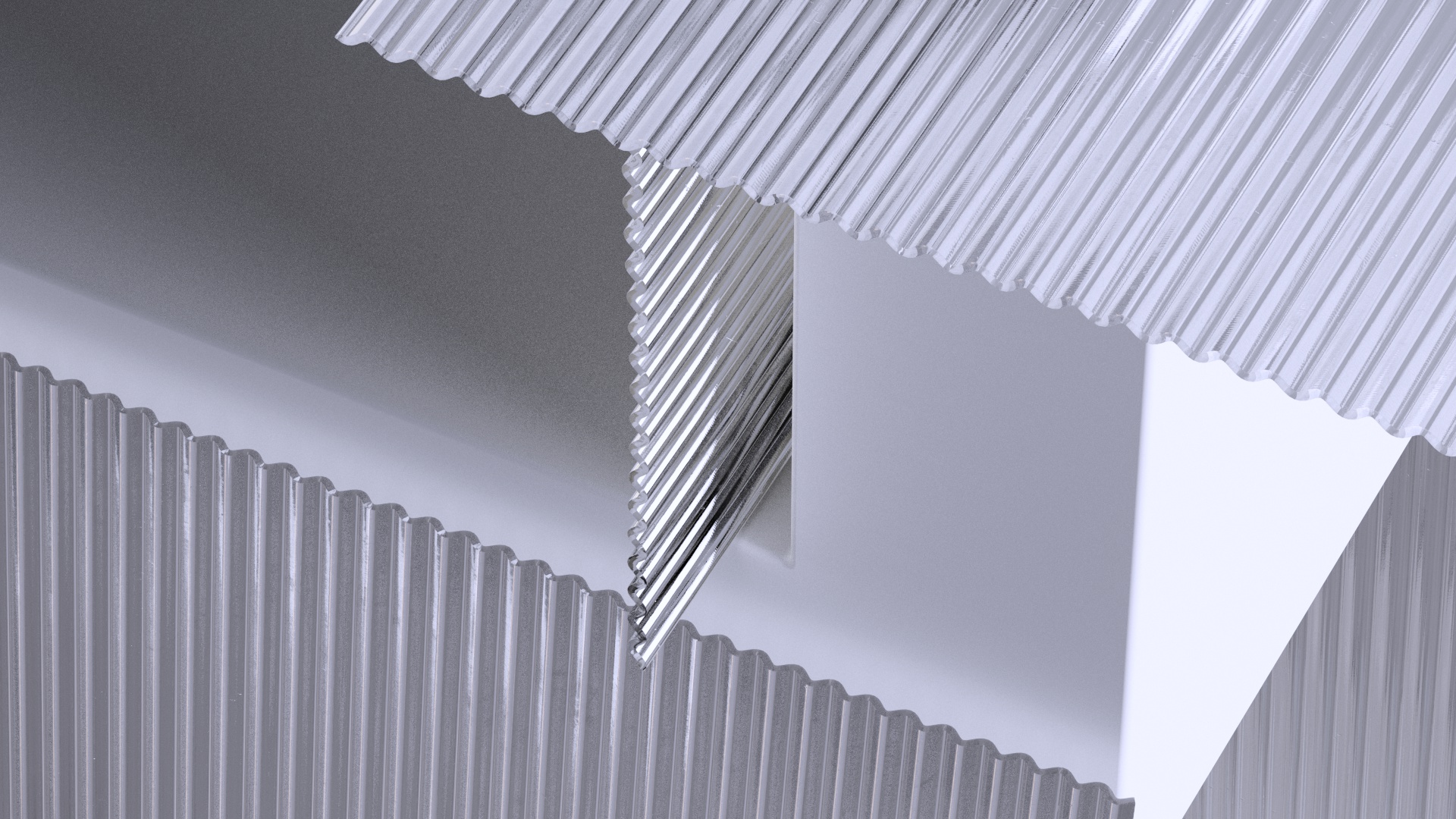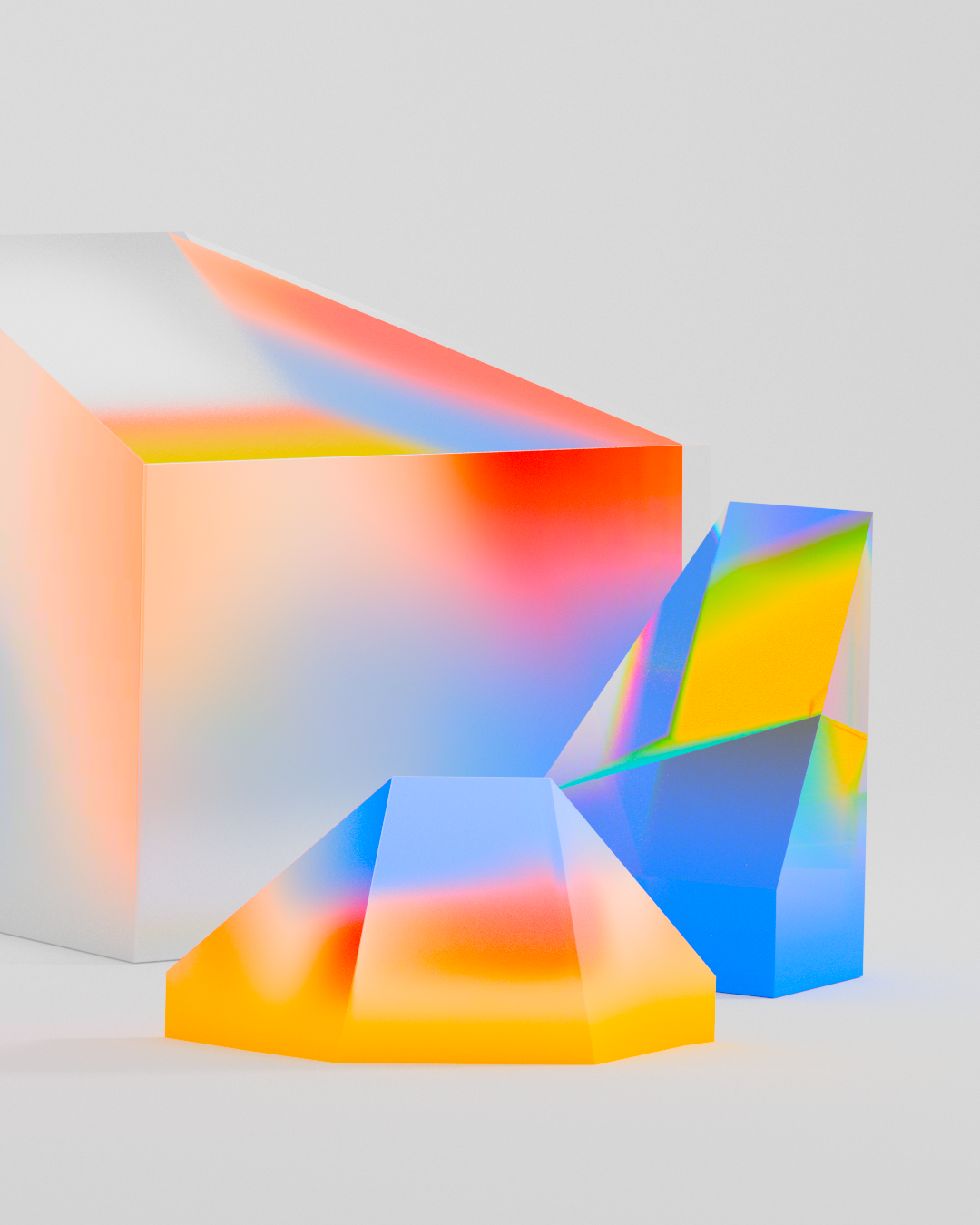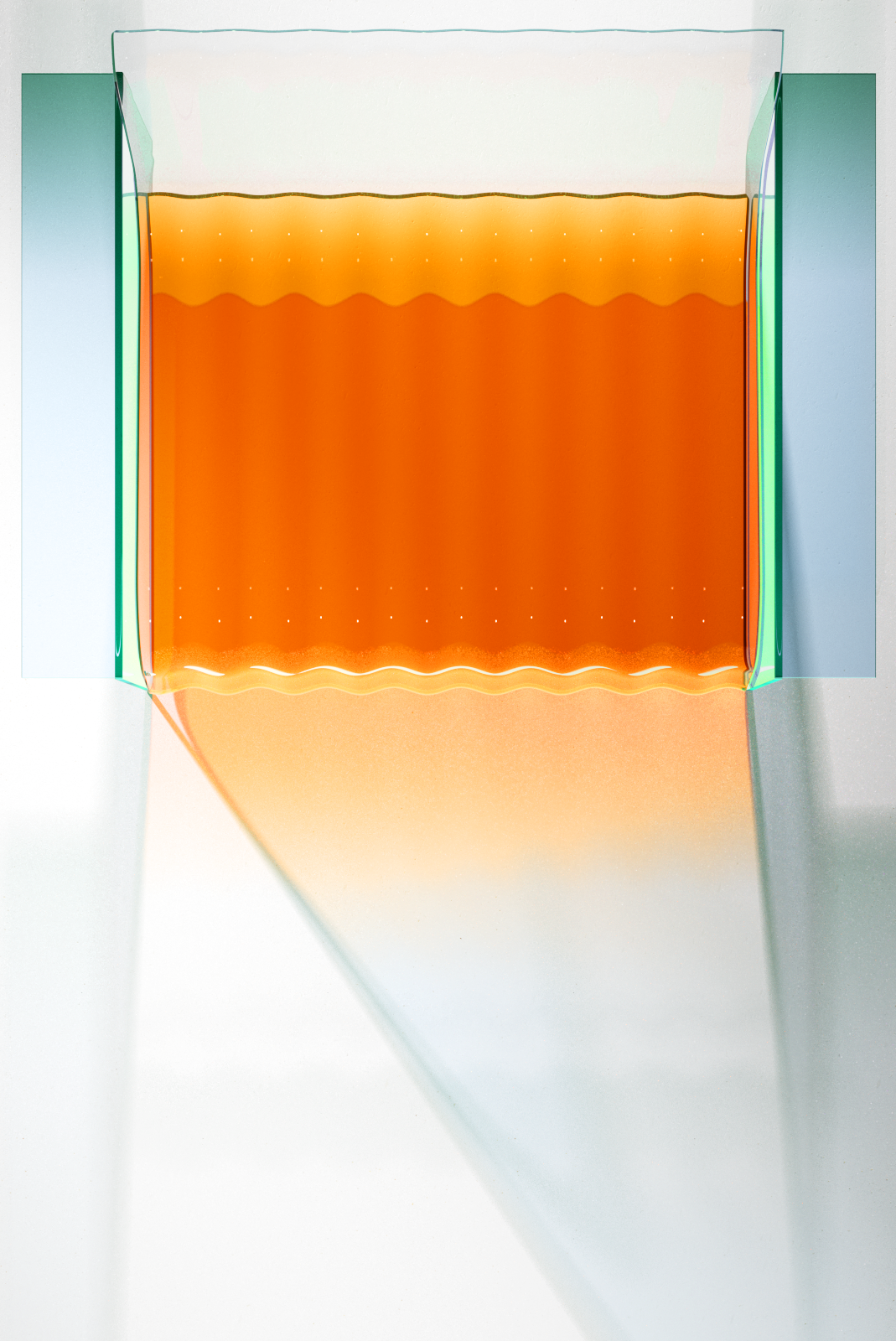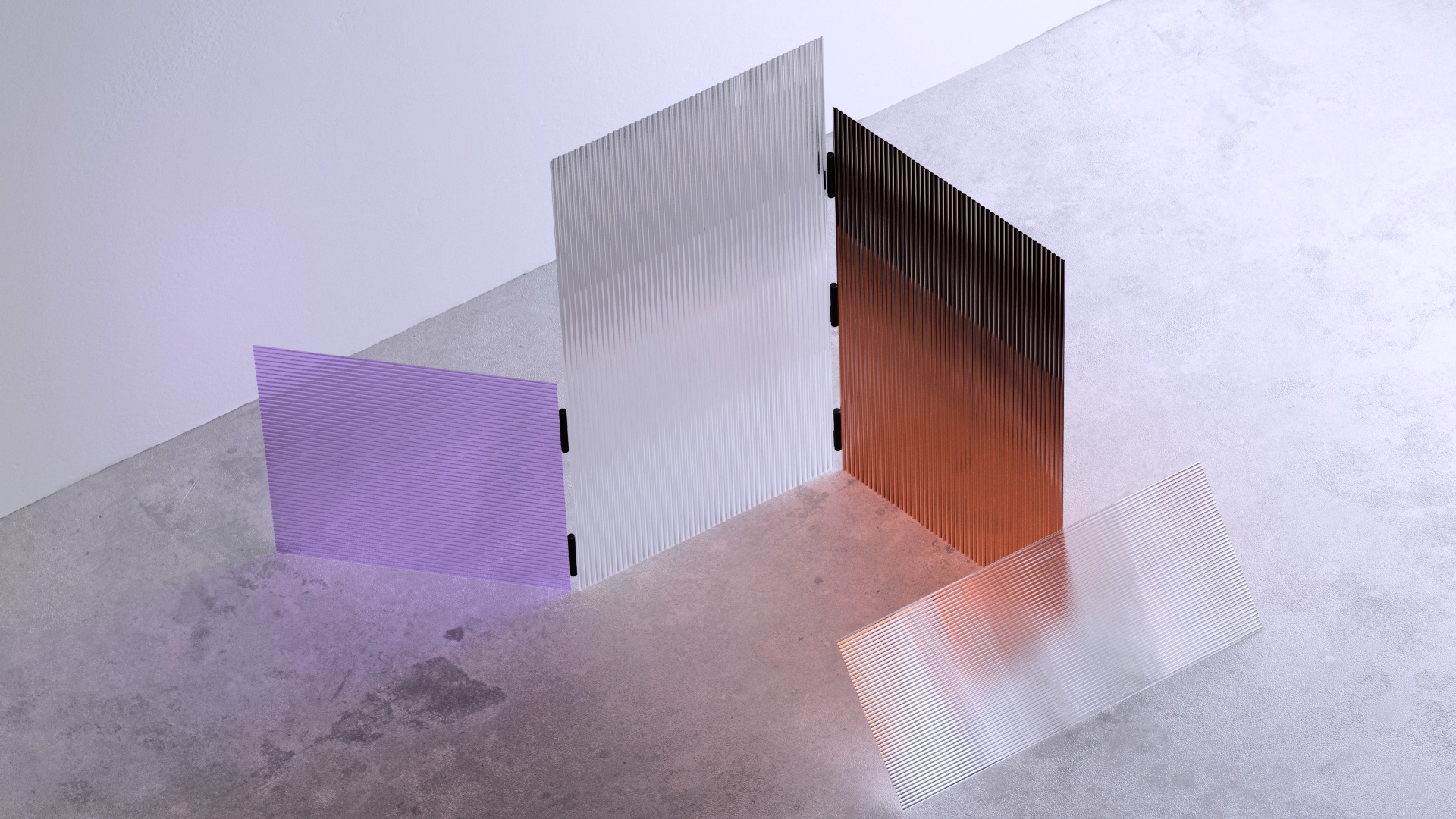Optical Phenomena
Interacting with the matter, light, a wave and a particle at the same time, creates a lot of different visual phenomena. Many optical curiosities seen in everyday life can be explained by classical optics. Nevertheless, in the 20th and 21st centuries, other branches of optics appeared, i.e. quantum, nonlinear and transformation.
These realms of optics, now actively researched, promise to be a foundation for technological breakthroughs. In this research, we discuss various sorts of optical phenomena and reconstruct different behaviors of light in glass and other transparent materials.


Branches of optics
In everyday life, we can observe fairly easily explained phenomena. For instance, refraction is caused by the change of speed of a light wave in another matter, and the reasons for iridescence are multiple reflections of light and interference of waves.
They are part of classical optics that was prevalent until the end of the 19th century. It consists of two branches: geometrical optics, in which light is considered to be a flux of straight rays, and wave optics, which adds wave nature of light to the former kind.





While these two types were enough to explain many phenomena, some questions stayed unresolved from the standpoint of classical optics. For example, the photoelectric effect, which occurs when light causes a matter to emit electrons, could be explained only by the fact that a beam of light consists of particles. Einstein was the first to suggest this, and further research proved him right. The particles were named photons, and the new branch of optics appeared, called quantum optics.



The most known phenomenon studied in the frame of quantum optics is stimulated emission, a principle lying at the core of laser physics.
In laser, a material, which can be of any state—gaseous, liquid, solid, or plasma— is pumped with energy, which causes its atoms to go into an excited state. This starts a process of photon emission, which increases over time and results in a narrow and coherent beam of light.



The second important branch of optics is nonlinear. It is connected to quantum optics in the sense that it describes phenomena that can be observed only at high light intensities, usually caused by the usage of lasers.
Nonlinear optics studies changes in the optical properties of a material under the influence of light: light waves passing through the nonlinear material can be amplified or diminished. In linear media, they stay the same due to the superposition principle, which does not work in nonlinear optics.



Another type of optics, transformation optics, deals with directing light through the usage of metamaterials — artificially constructed materials with optical properties, impossible in natural materials. For instance, there are metamaterials with a negative refractive index — when an object is immersed in such a matter it looks like it is bent in the opposite direction.




Potential applications
Both quantum and nonlinear optics are thought to become foundations for developments in computing technologies. The former is connected to quantum computers, some of which use photonic qubits, the basic unit of information, analogous to bits in a regular processor. Principles used in quantum computers are more of quantum nature rather than optical, as they are common for different types of particles, so we are not going to discuss them in detail here.


More interesting in this research for us are nonlinear phenomena. Like quantum properties of photons, nonlinear materials can bring about another generation of devices based on optical processors.
This type of components promises to increase the speed of information transmission. Currently, to send a signal through the optical fiber, it has to be converted from electronic energy to light, which requires time and energy. In fully optical systems, this constraint will be eliminated.
Optical computing can also be more effective in operations that require a lot of computing power, such as machine learning, as photons transmit information faster than electrons. As for now, there are prototypes of optical processors, but those devices are not yet produced outside of laboratories.



Nonlinear materials are used in optical chips as transistors, as they can modify light waves. While it is possible to create logic circuits using nonlinear components, they are still too large and energy-consuming to be used in computing systems.
While all the previous examples mostly deal with measurable characteristics of light, possible applications of transformation optics are more about visual perception.
Potentially, metamaterials can be used to bend light around objects in such a way that they will become invisible. For now, it is not yet possible, as the visible light includes many frequencies, all of which should be directed by the material. As of yet, there are only raw prototypes of this technology, but researchers expect to achieve complete cloaking in the next five years.


Our research
In our exploration dedicated to light, we chose glass as our medium. Changing its transparency, color, form, and reflective properties, we were able to experiment with rays, shadows, and caustics. With minimalistic interiors, we were able to focus on the objects themselves, studying how different materials reflect and refract light.
During the research, we created not only abstract forms but objects that could be furniture items or devices. Carefully added colors accentuated different textures and helped us to create peculiar combinations of materials and shapes.


Credits
Creative Direction:
Maxim Zhestkov, Igor Sordokhonov
Design, Art Direction, Animation:
Denis Semenov, Tatyana Balyberdina, Roman Kuzminykh, Sergey Shurupov, Dmitriy Ponomarev, Roman Eltsov
Writing:
Anna Gulyaeva
Year:
2020
Contact us >
work@media.work
Follow us >
Instagram
LinkedIn
Spotify
Media.Work > USA
453 S Spring Street
Ste 400 PMB 102, 90013
Los Angeles
Media.Work > UK
71-75 Shelton Street
WC2H 9JQ
London
Media.Work © 2024